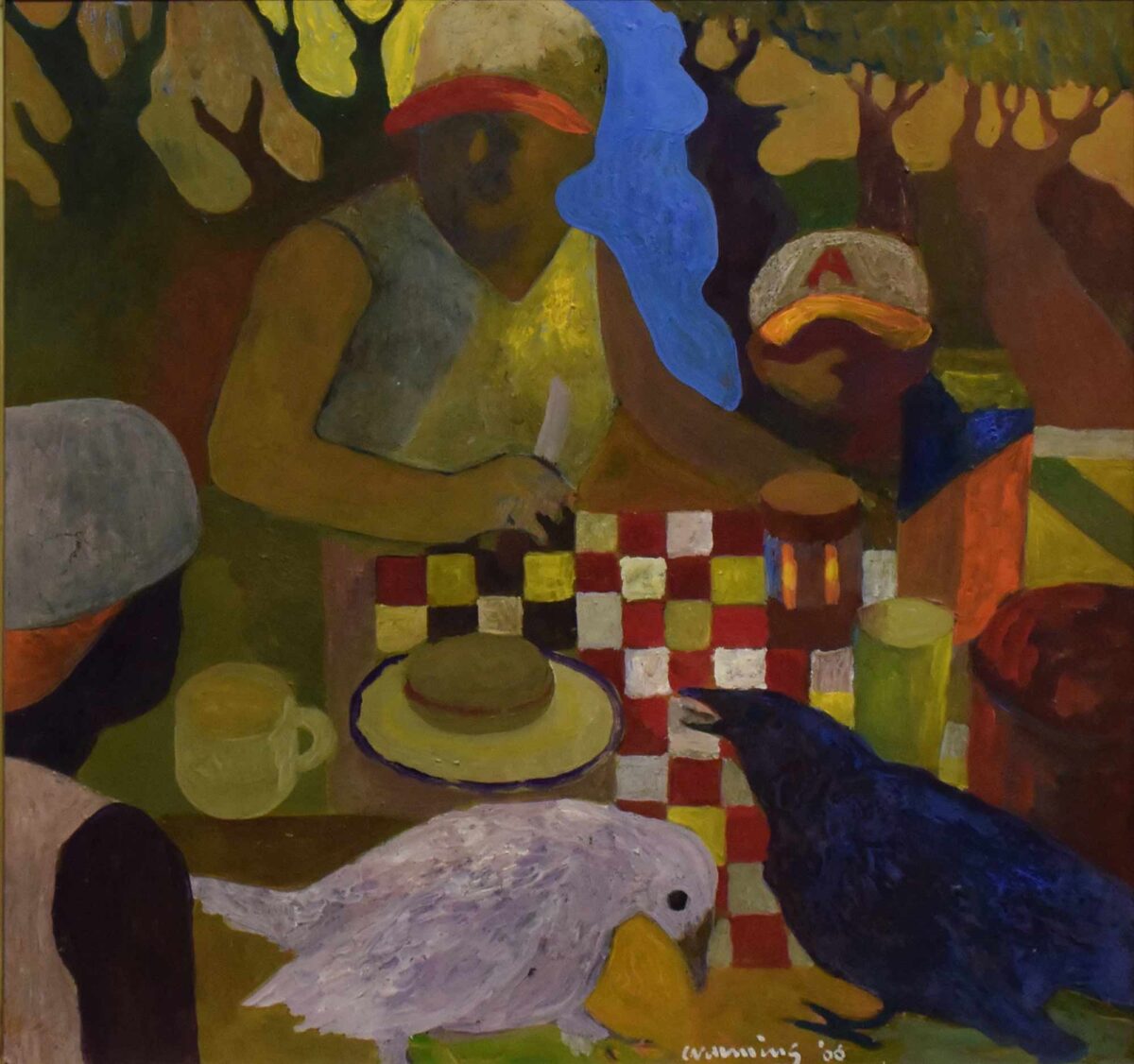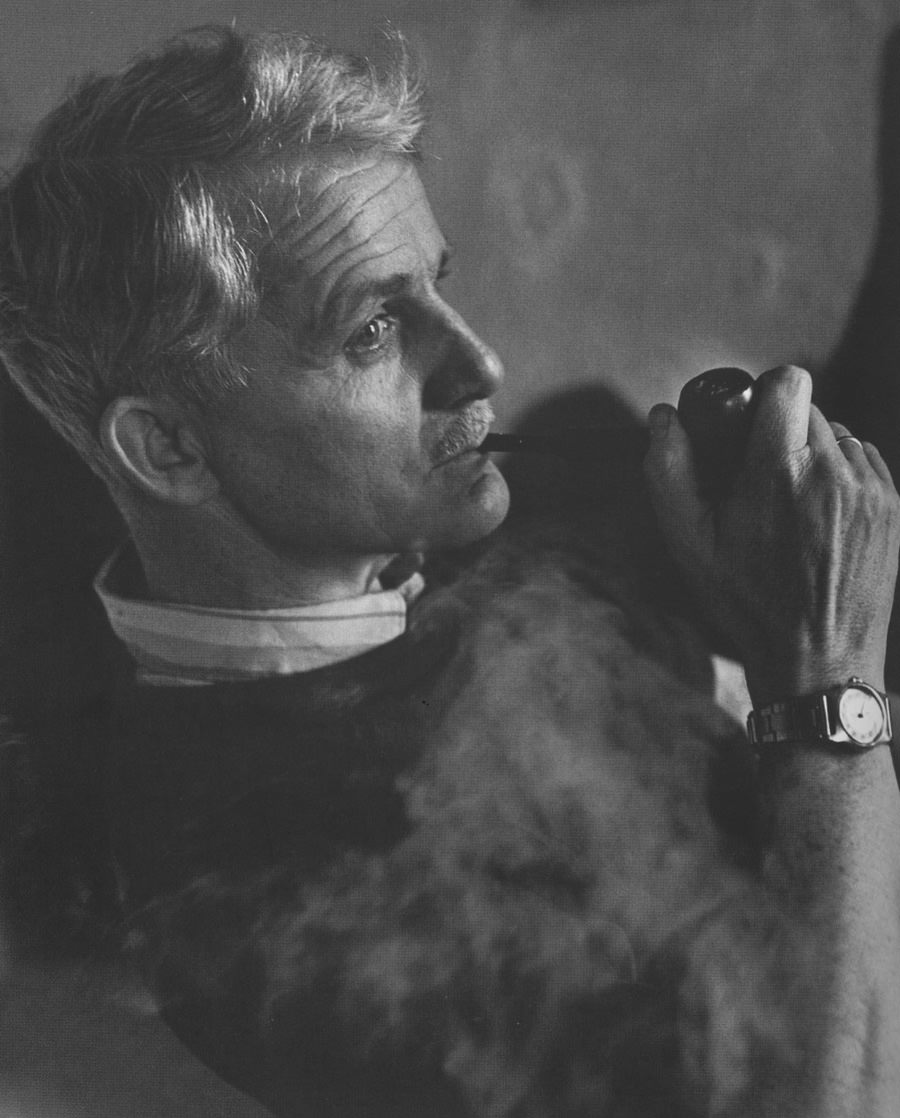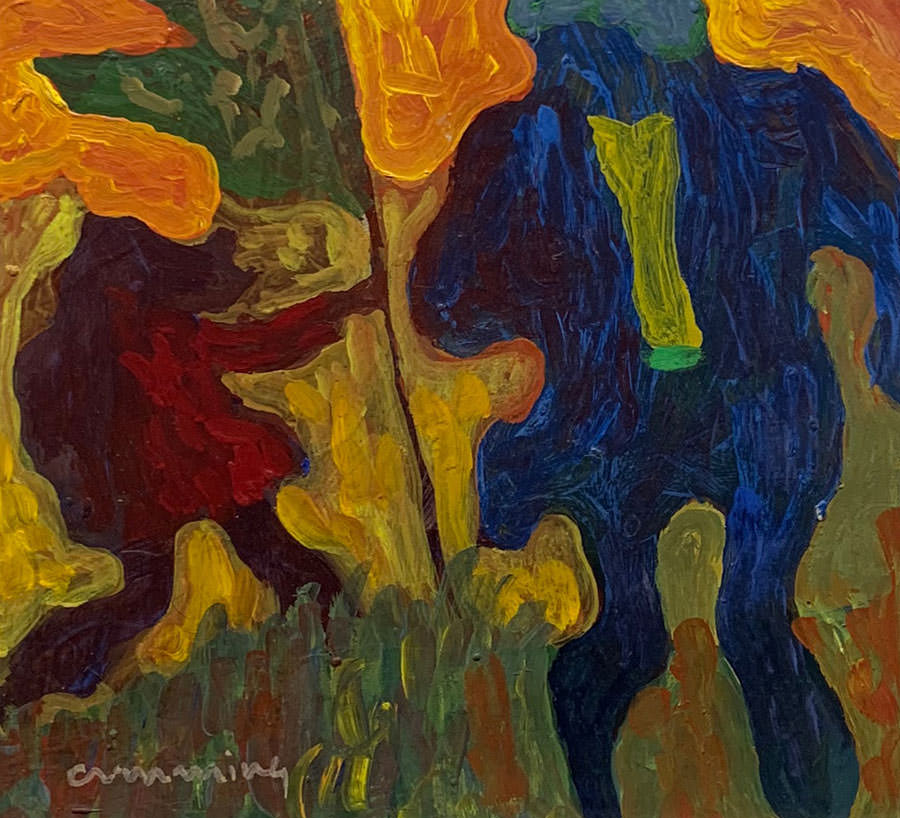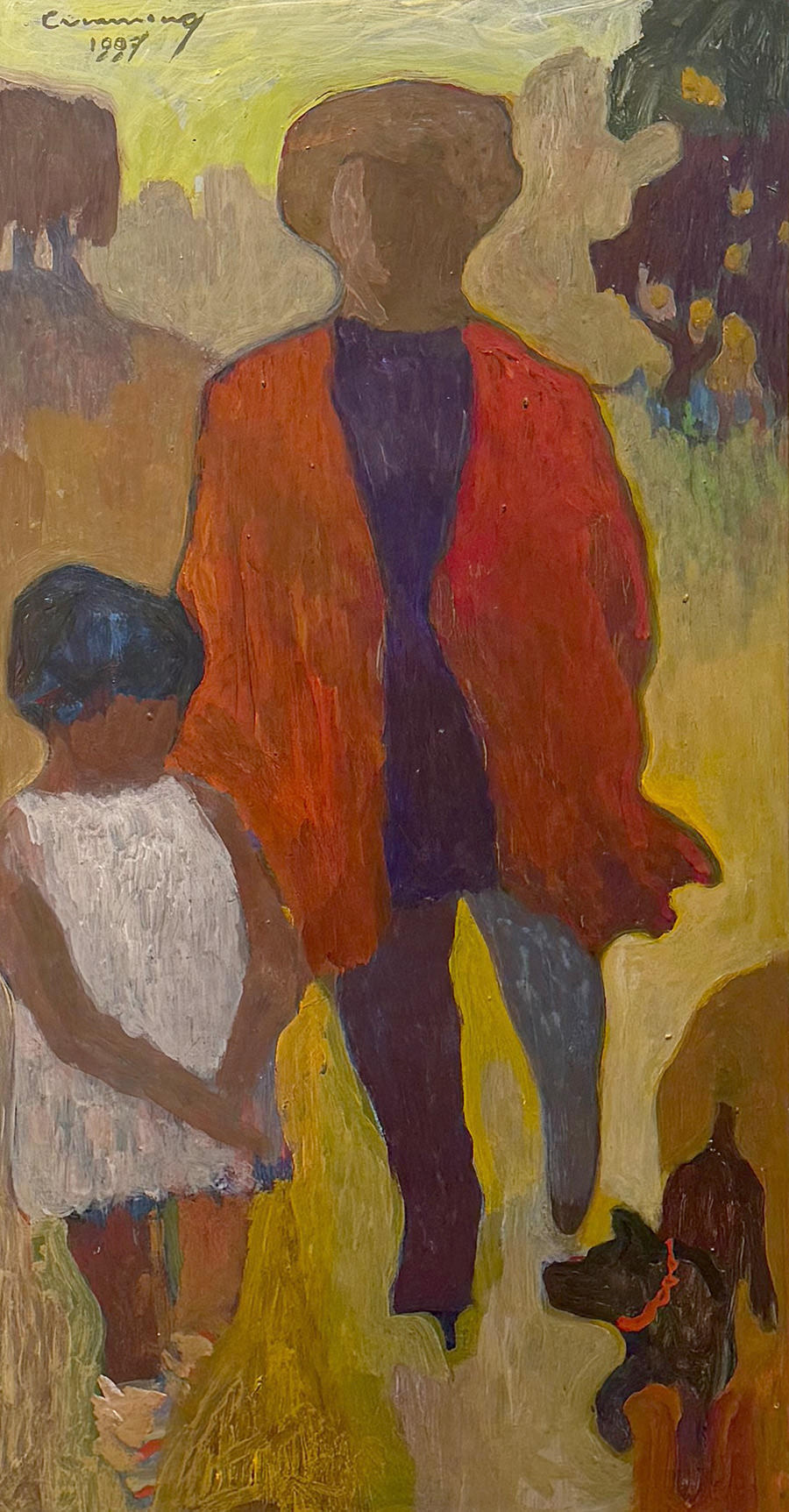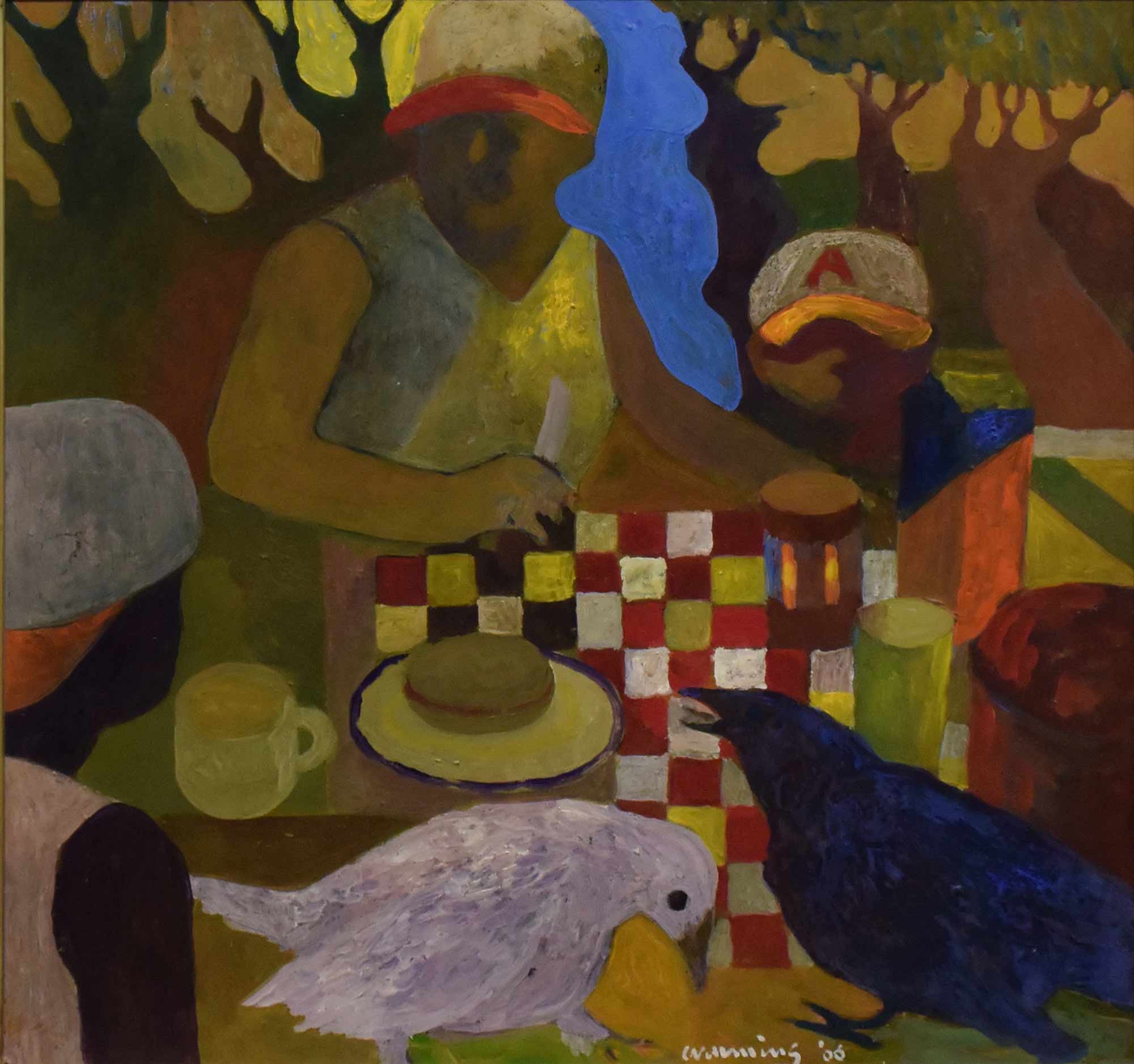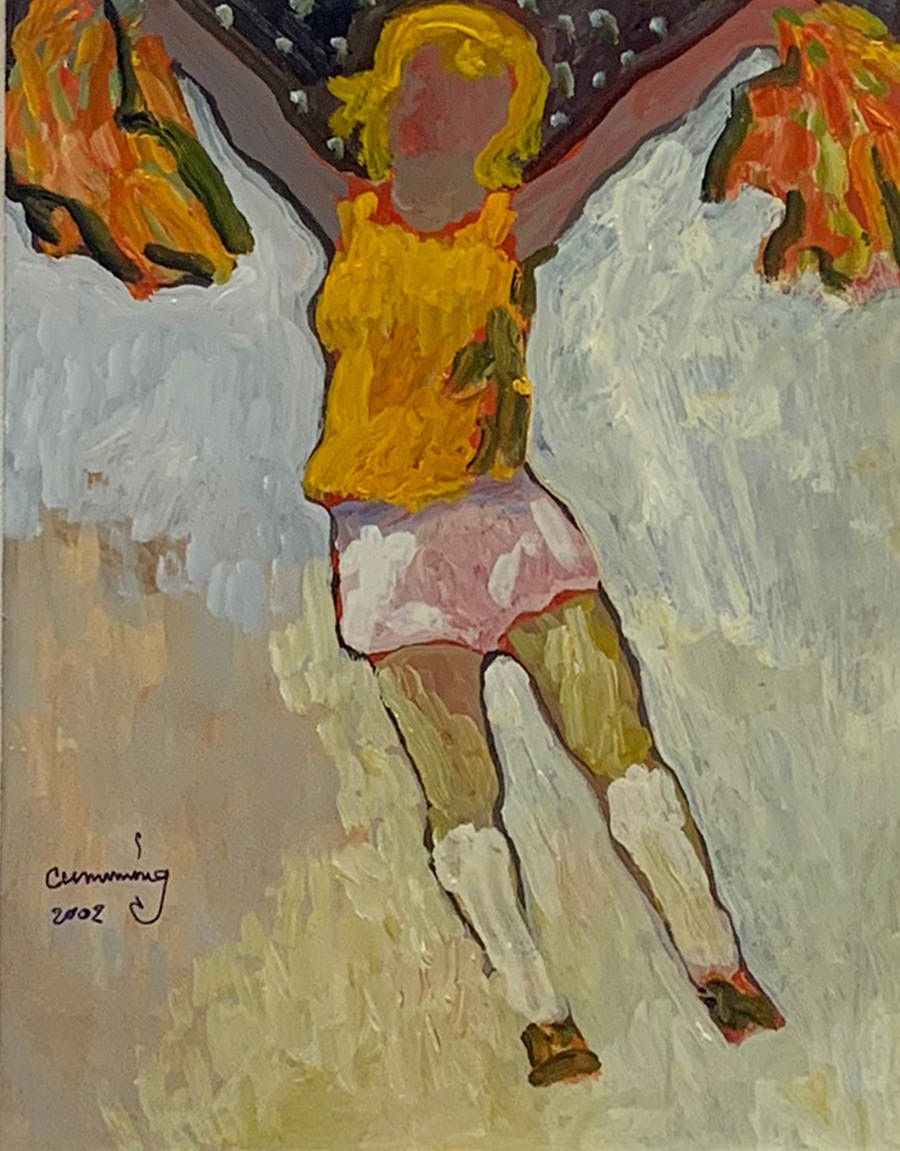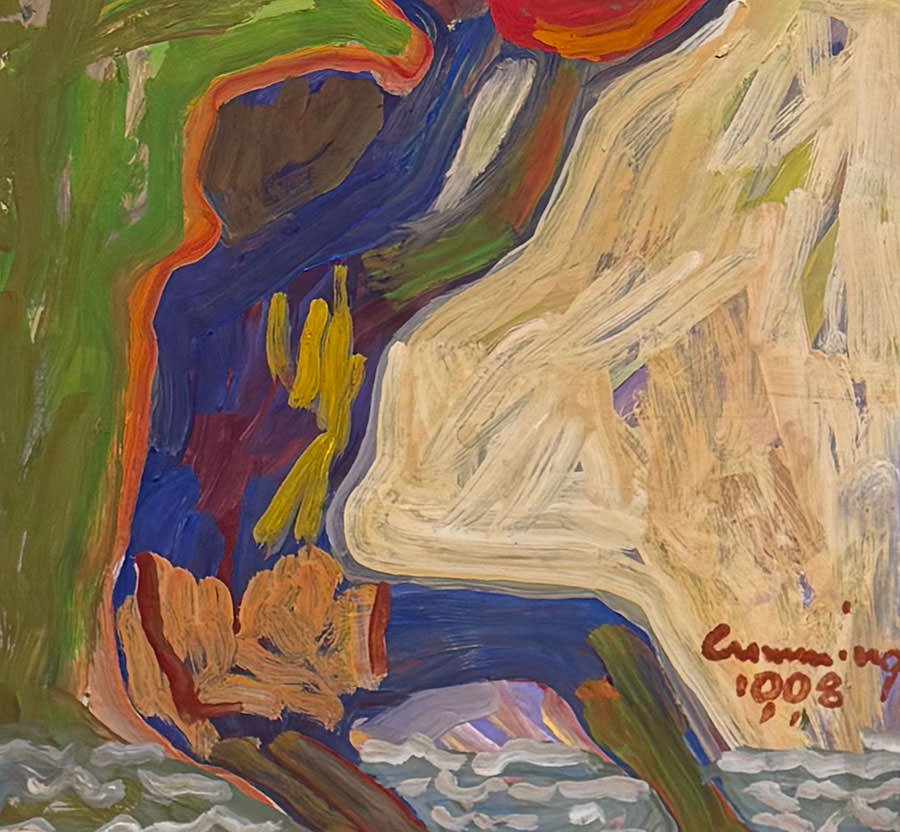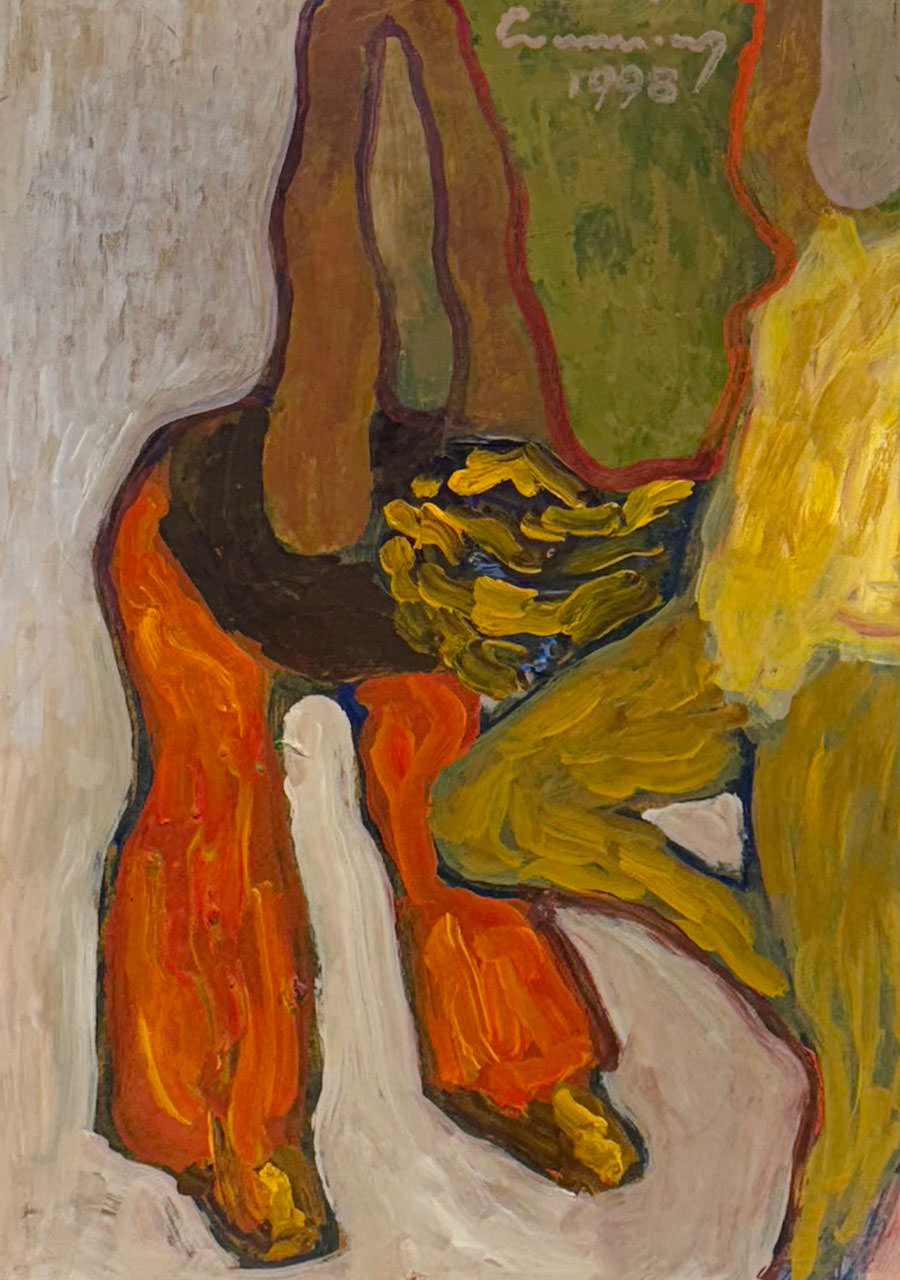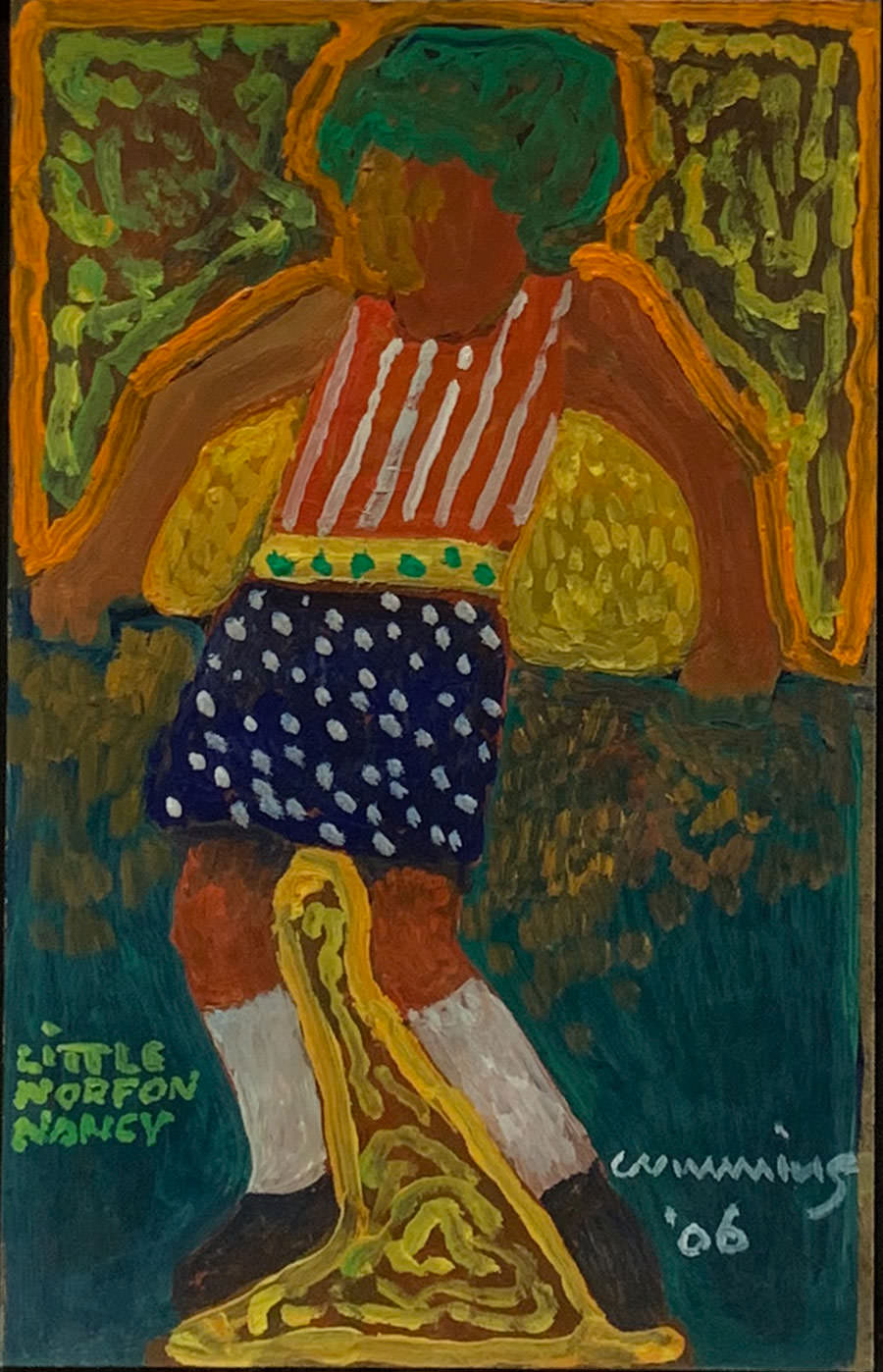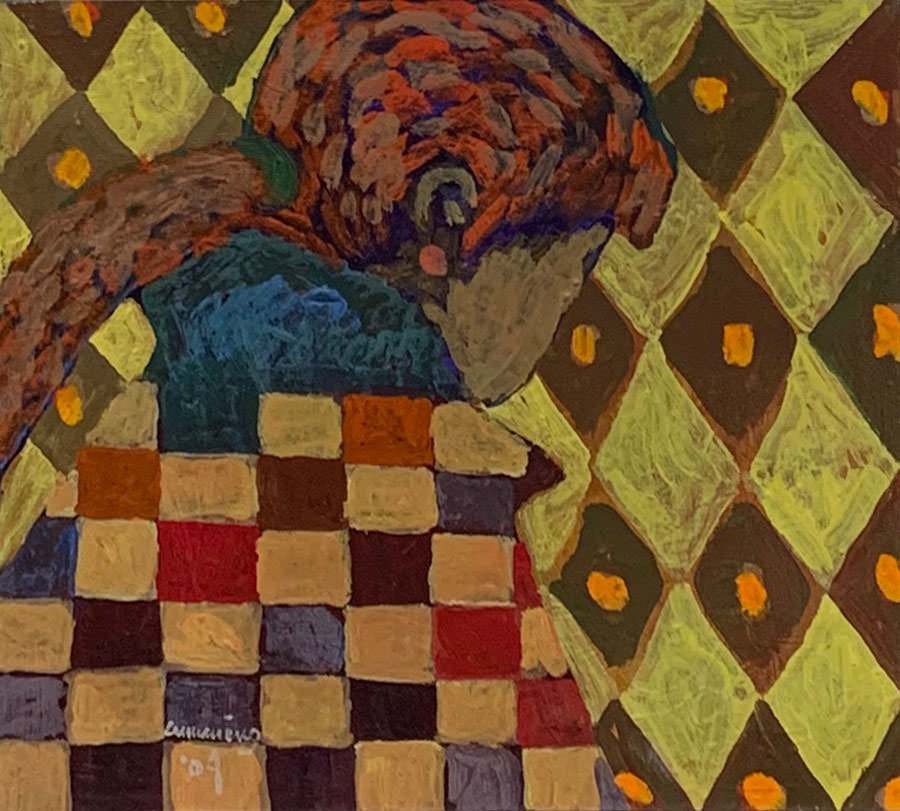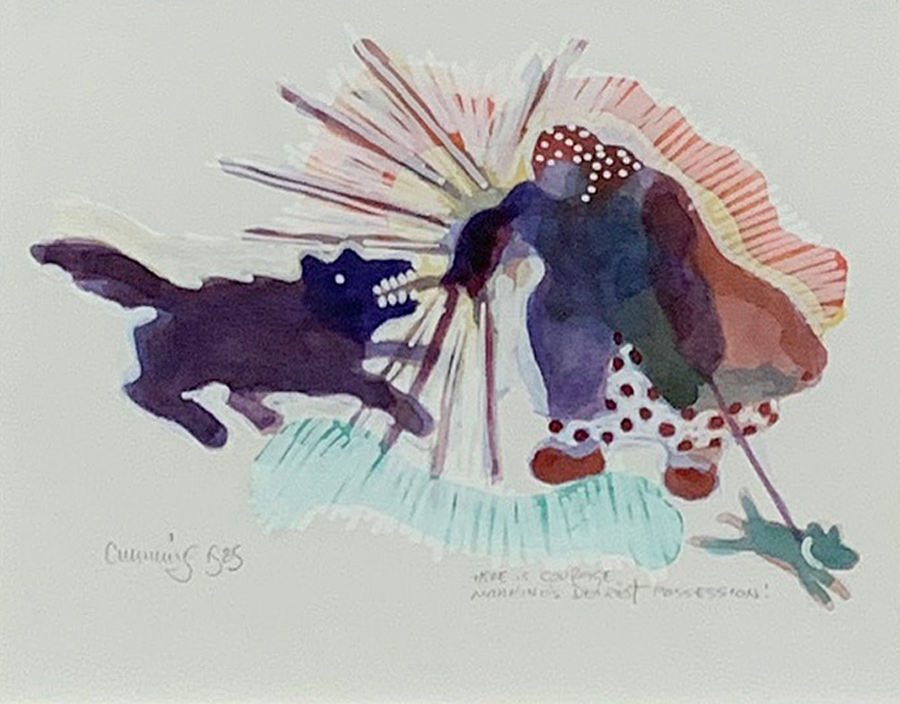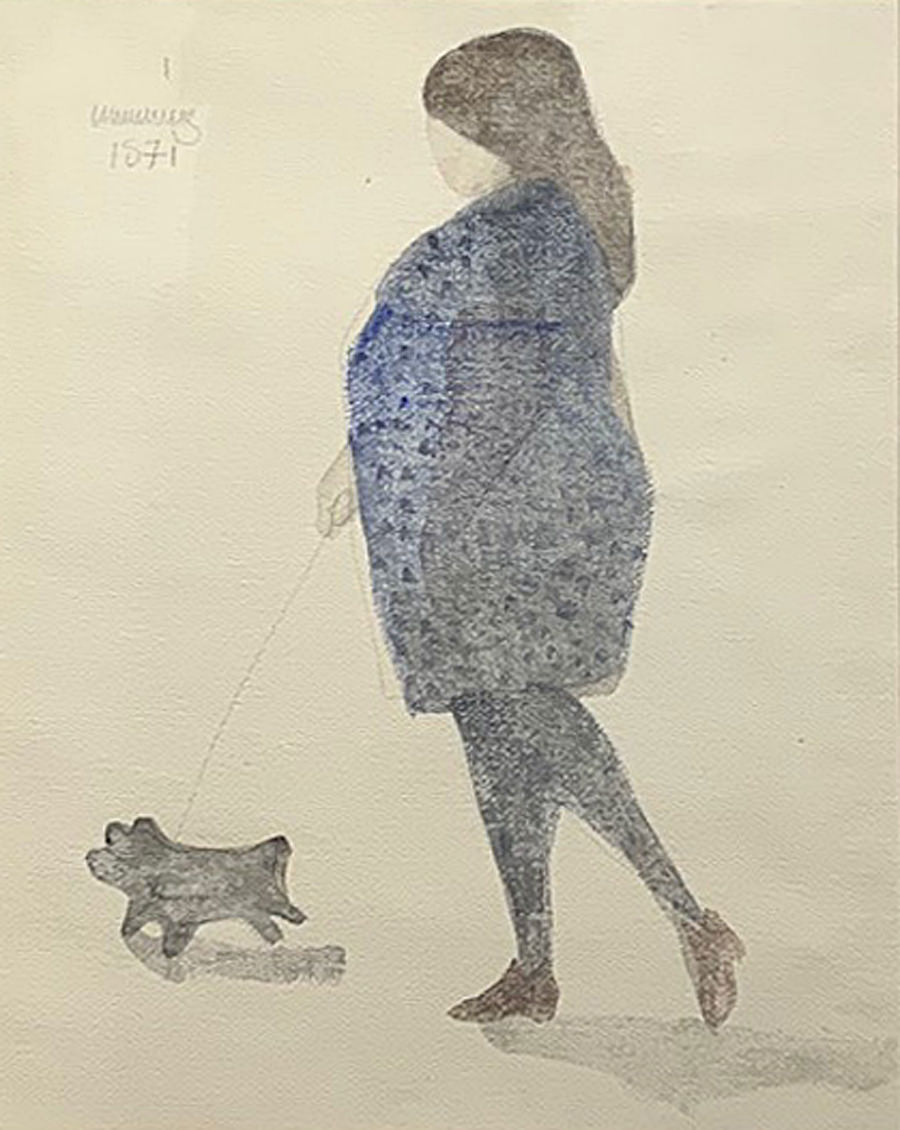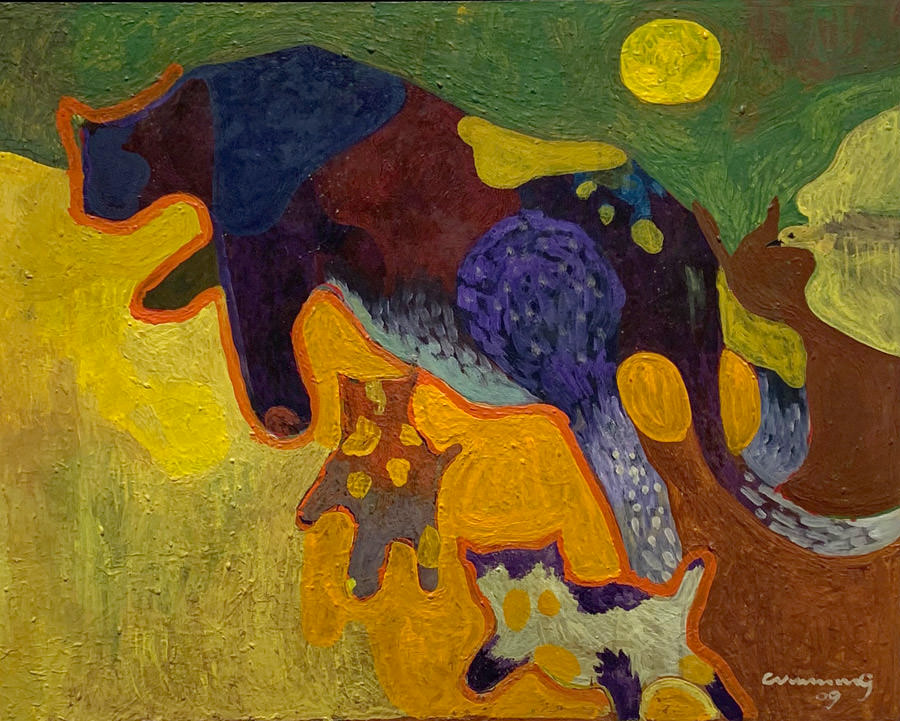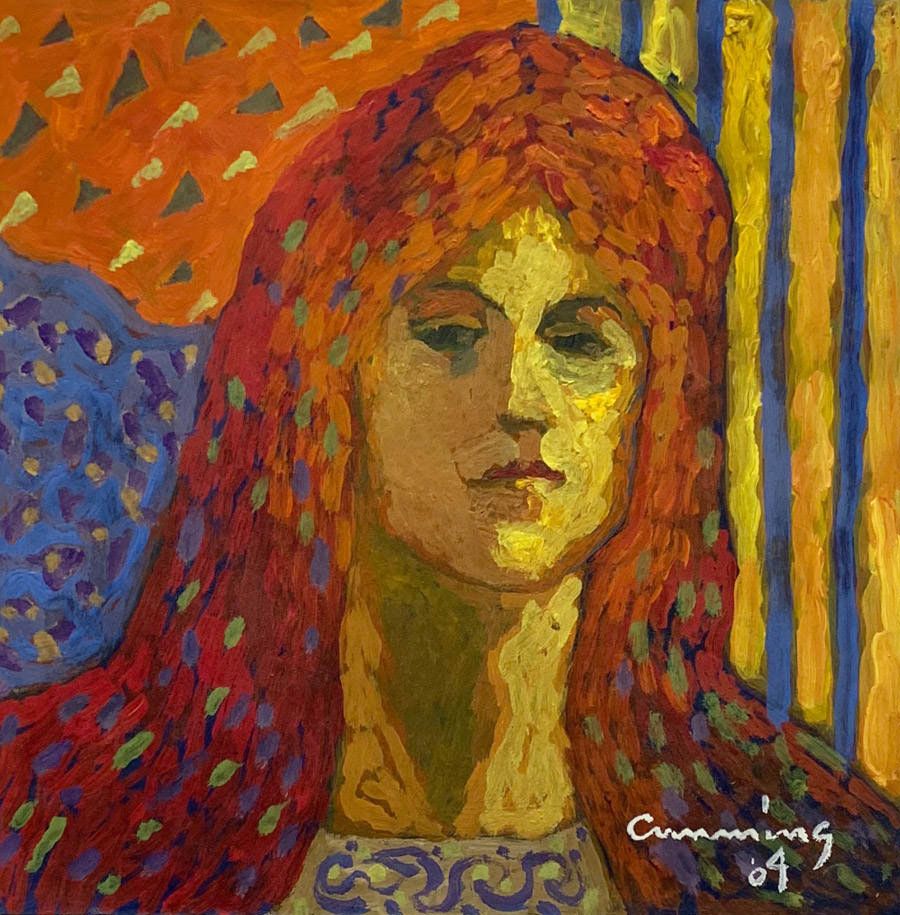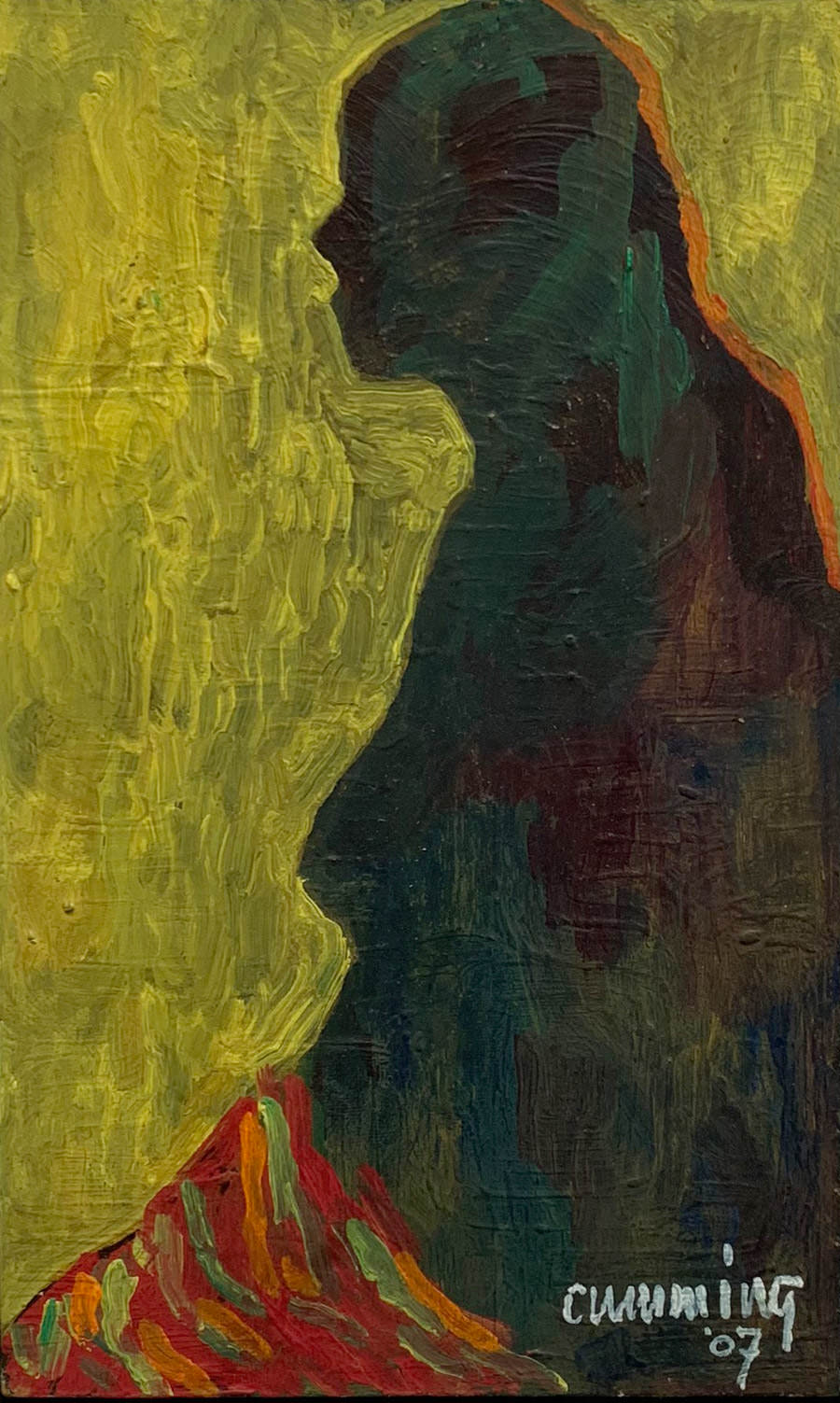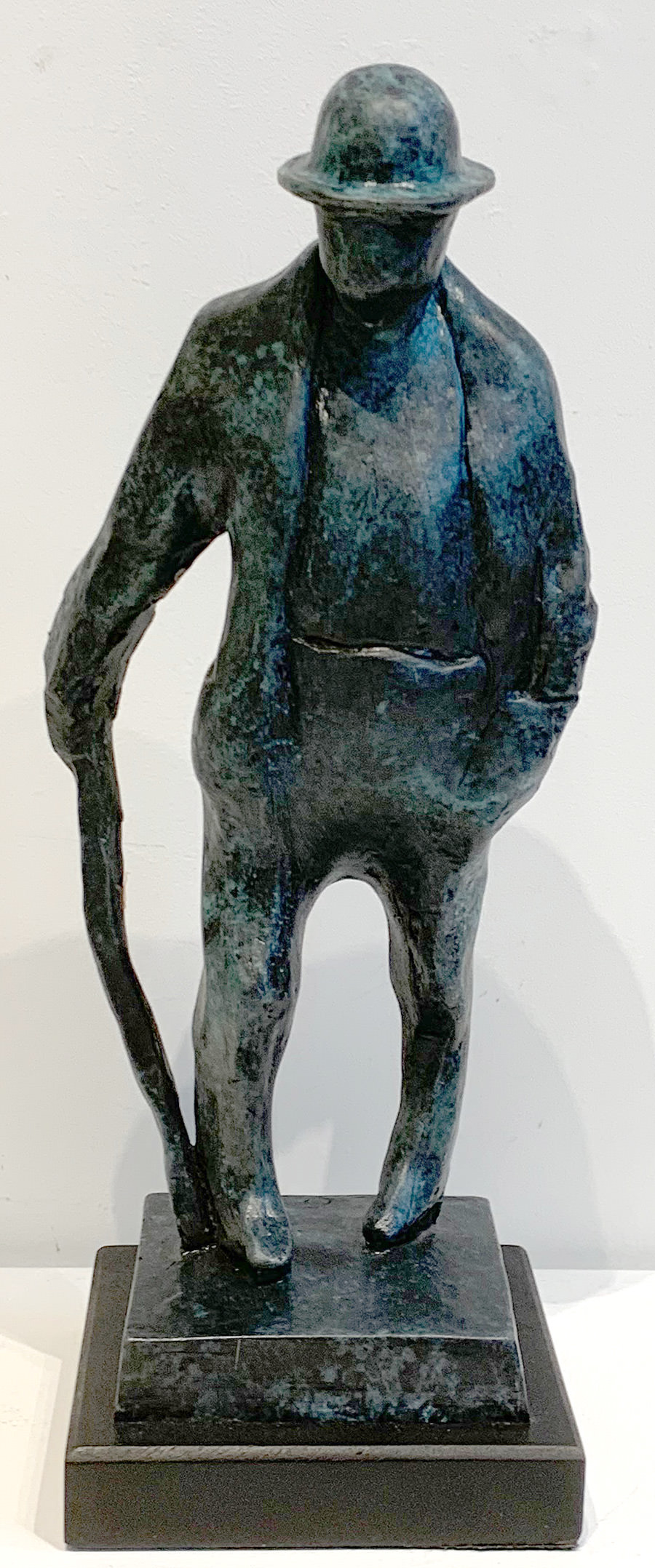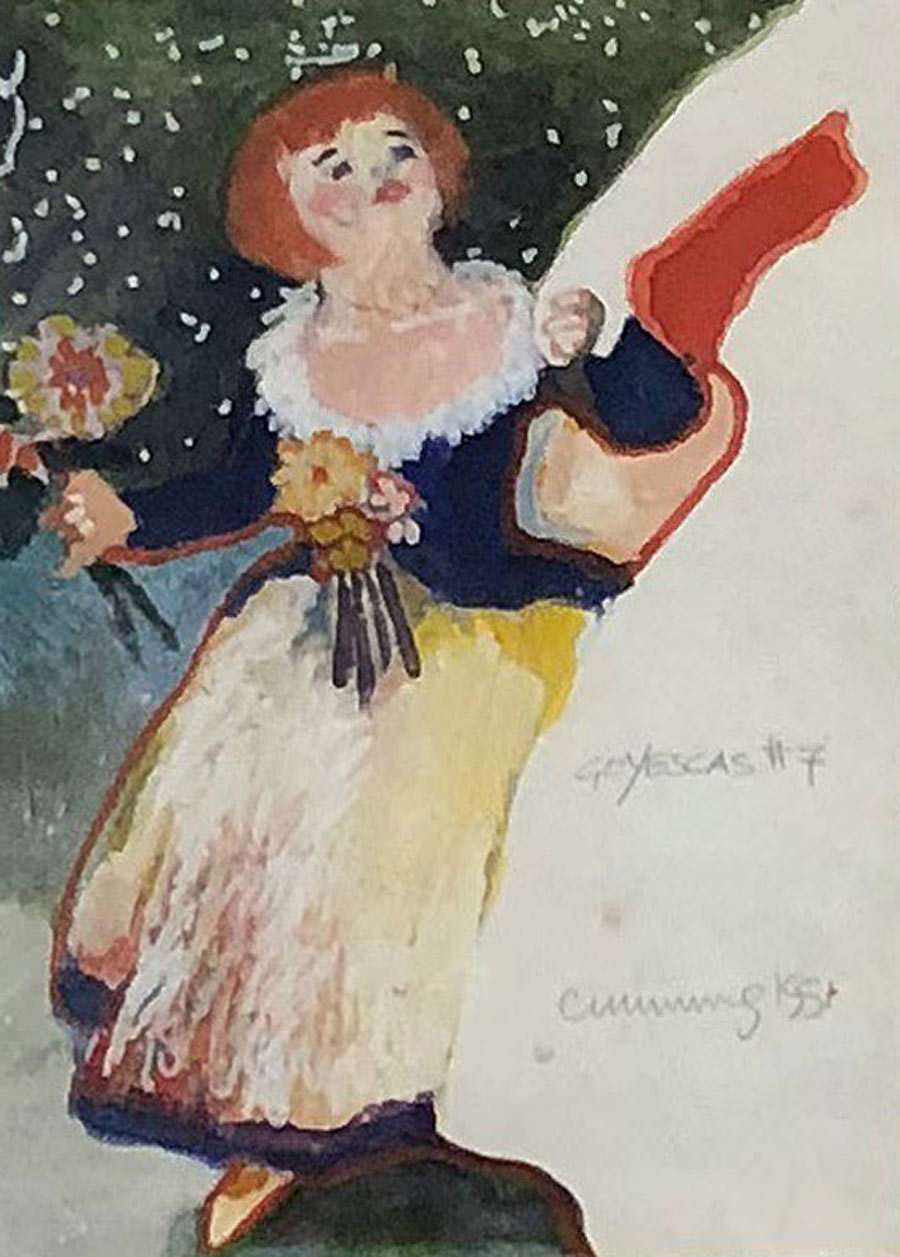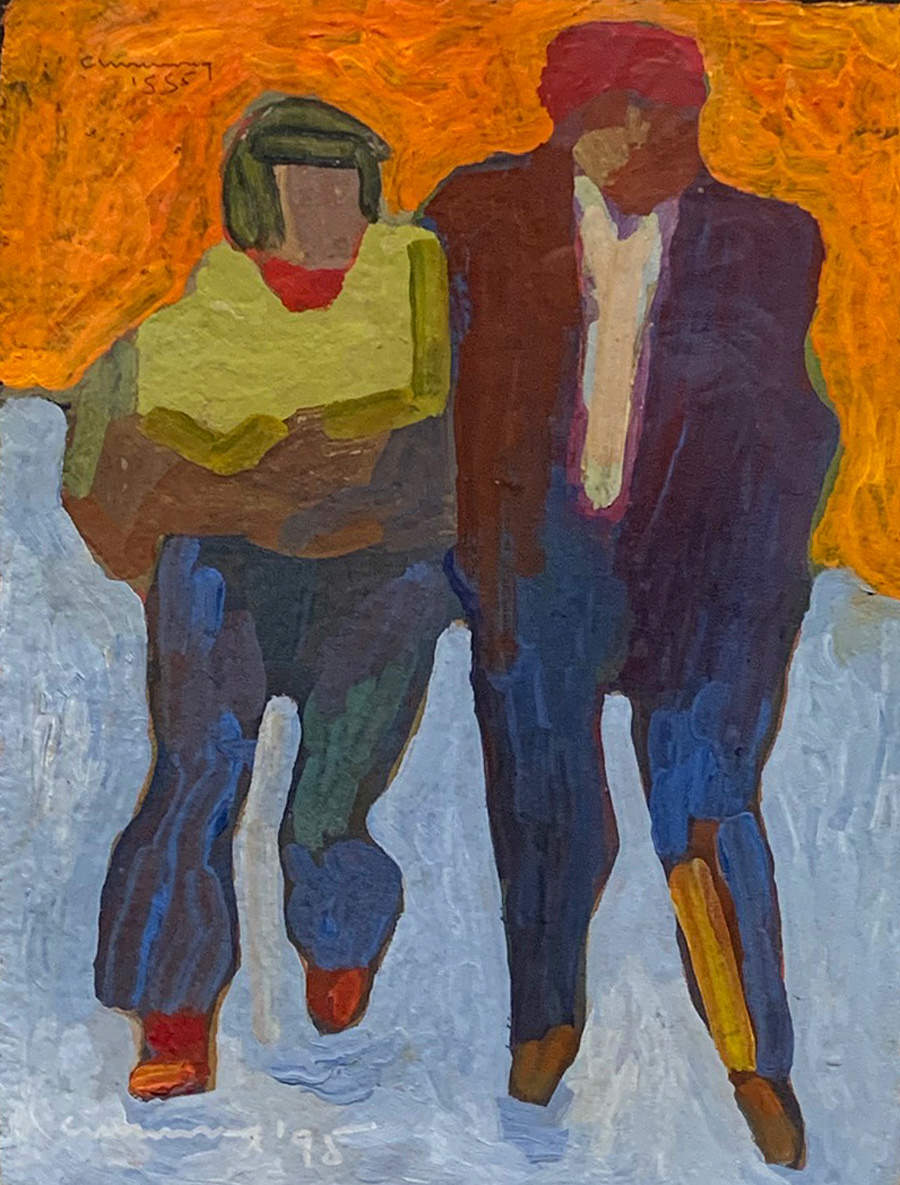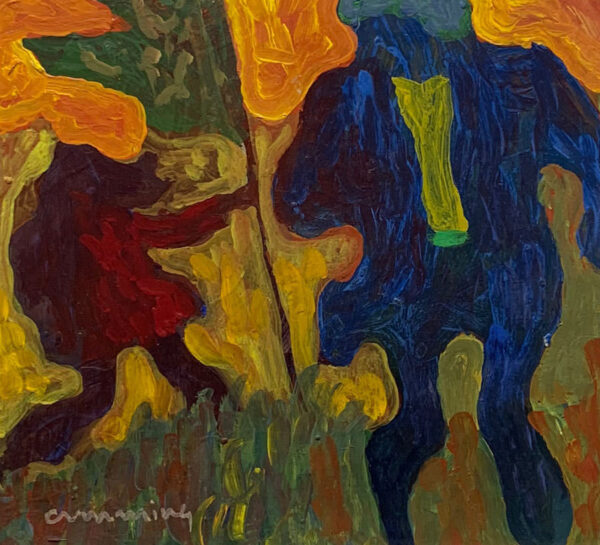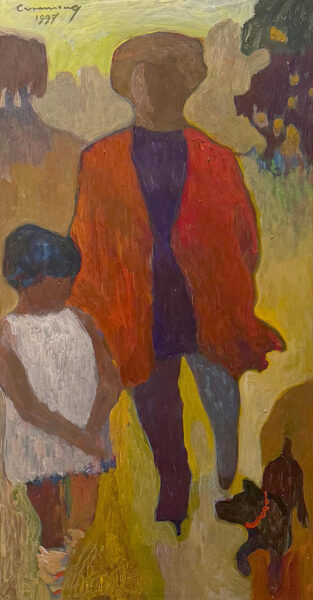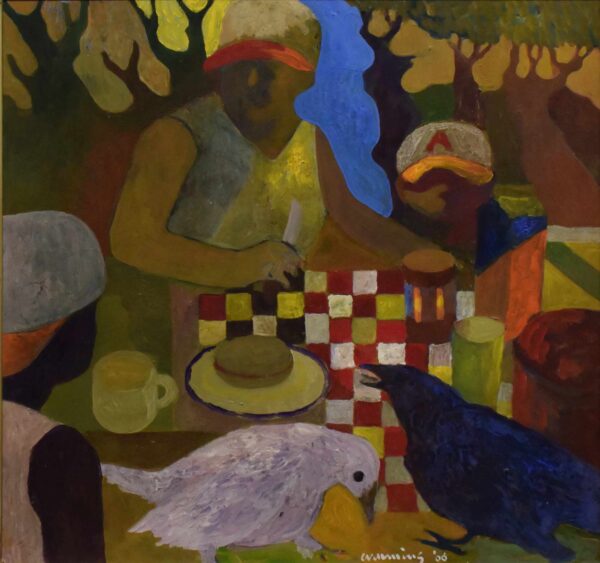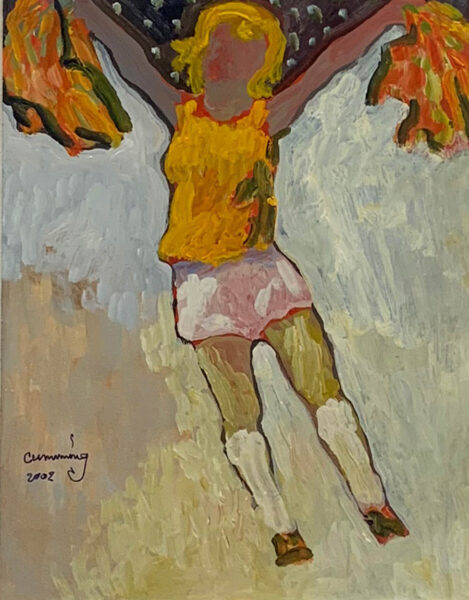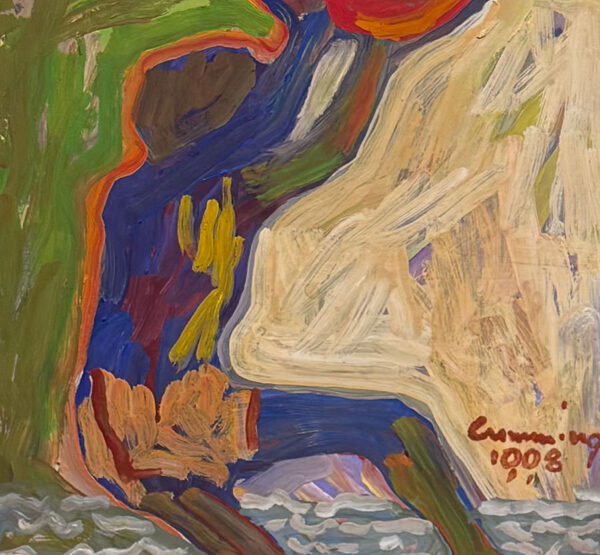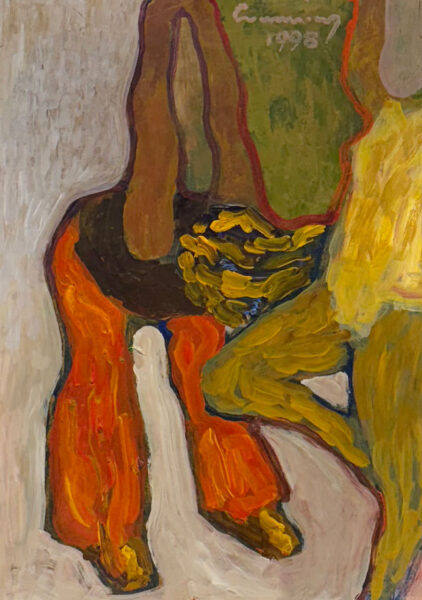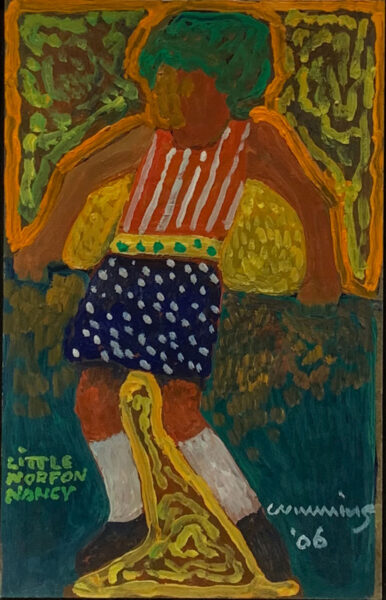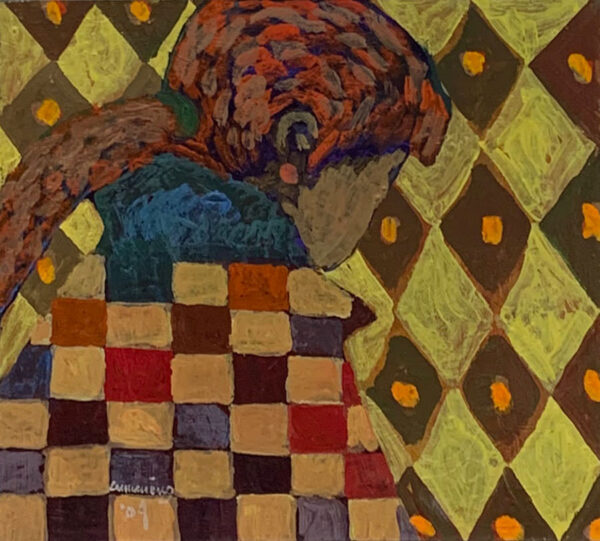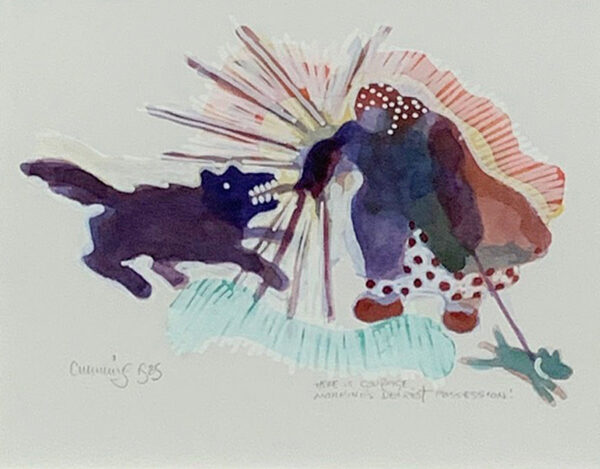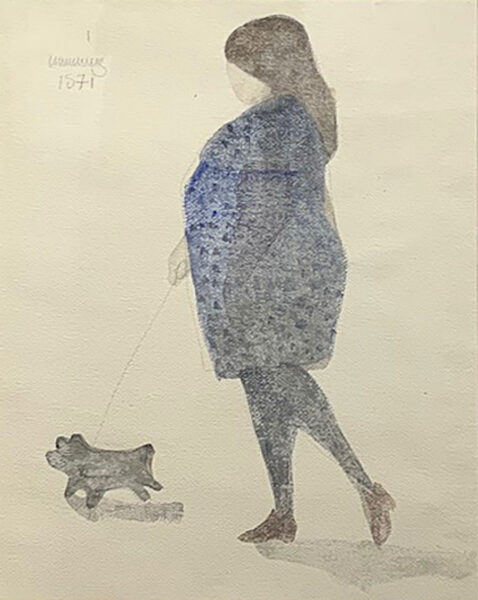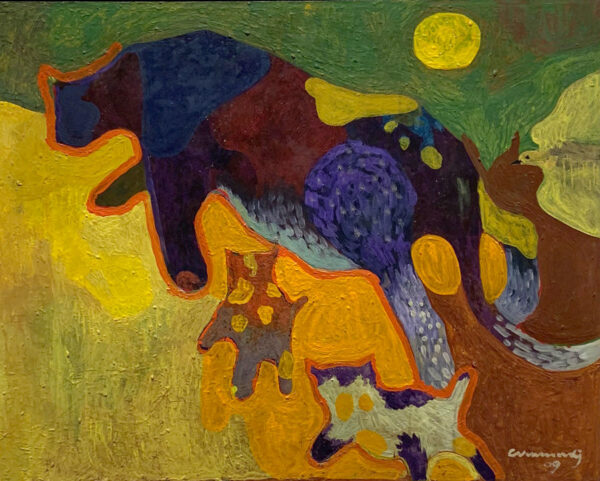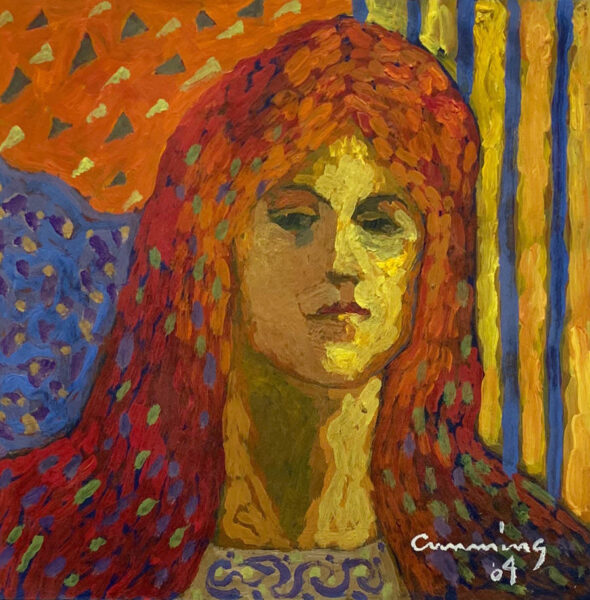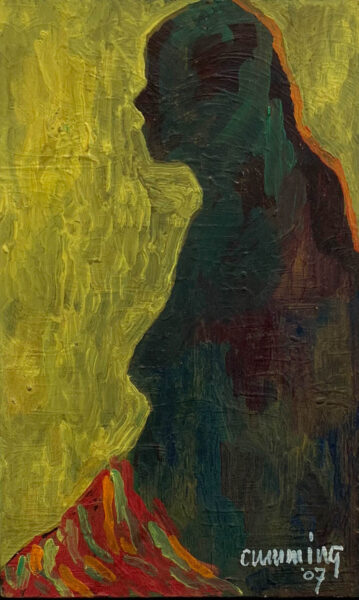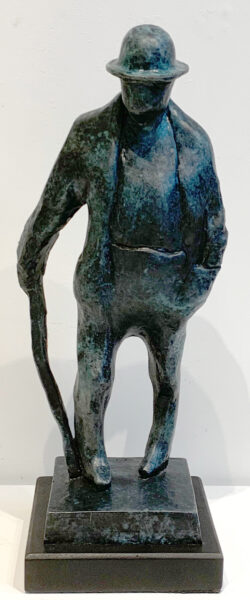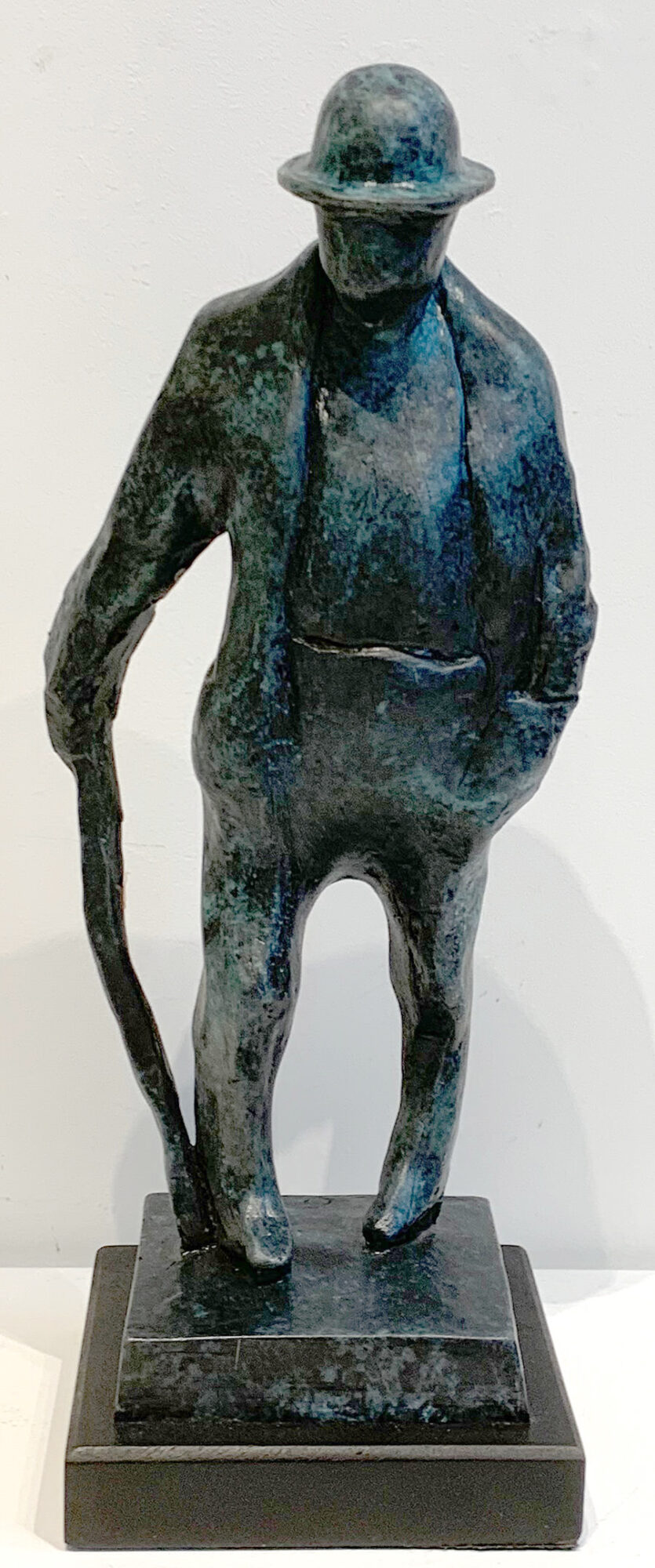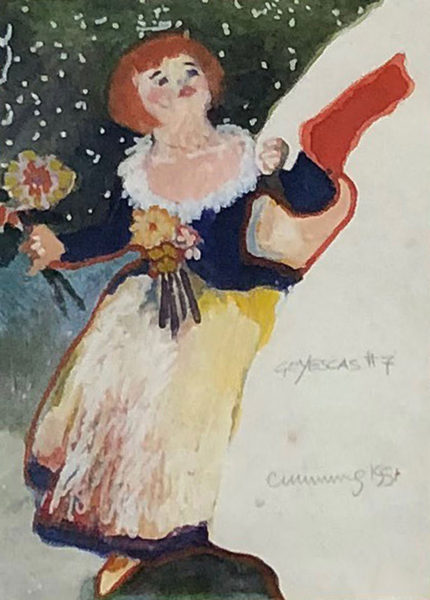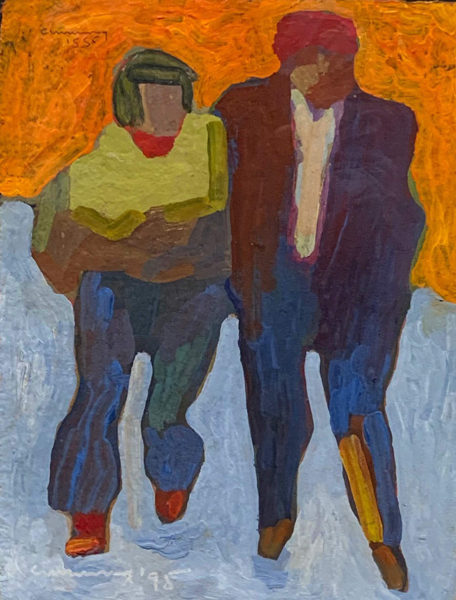About William Cumming
William Cumming’s (1917-2010) works walk the boundary between realism and abstraction. Though he was a figurative painter, his interest was not in photographic detail but rather in recording a moment in time. He was known particularly for his talent at capturing movement: the physical gesture of bodies in motion and the animated spaces between them. He elided or omitted details and often obscured the faces of his figures in some way. The subjects of Cumming’s works often reflect his daily life.
The figurative paintings by renowned Northwest Master William Cumming are a fantastic celebration of color and life here in the great Northwest. He continues to capture people and animals in motion. His loose brush strokes of vibrant color define forms in light and shadow, coaxing the viewer into a conversation of invigorating life.
William Cumming is a native of Kalispell, Montana, and grew up in Tukwila, Washington. Largely a self-taught artist, he began his career as a painter working on the WPA Federal Art Project in Seattle from 1938 to 1940. William Cumming was the youngest member of the “Northwest School” of artists, whose members included Mark Tobey, Morris Graves, Kenneth Callahan, and Guy Anderson.
In 1961 the Seattle Art Museum devoted an exhibition to his work, and he has had one-man exhibitions at numerous galleries since that time. In addition to an active career as a painter, William Cumming has spent many years teaching art.
